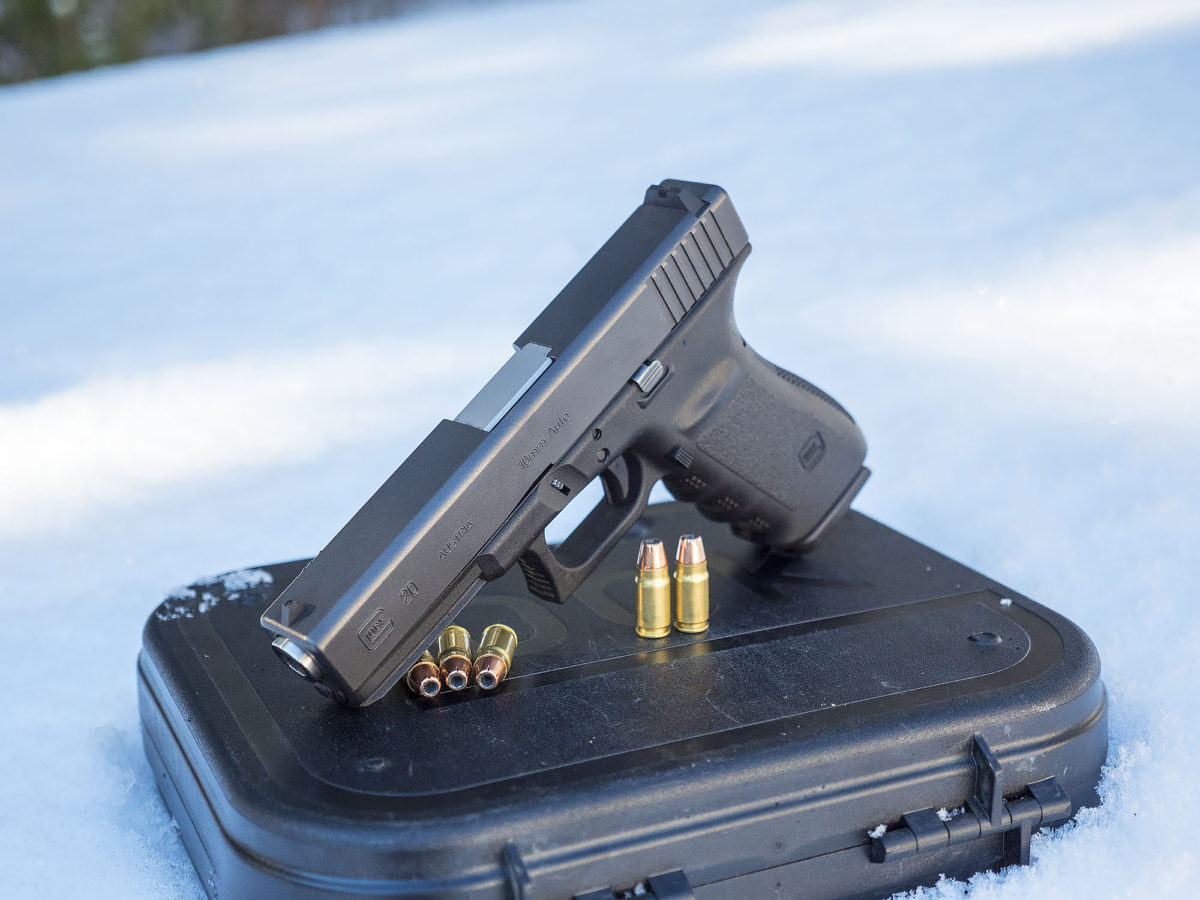
In the development of sidearms for law enforcement and military applications, the quest for the ideal harmony between power, dependability, and shootability has been the driving force for firearms innovation for decades. No other debate embodies this quest as thoroughly as the enduring duel between the .357 SIG and .40 S&W cartridges. Both were conceived out of the same necessity: to provide officers with a forceful advantage in stoppower, especially after the 1986 Miami shootout revealed the shortcomings of standard issue service calibers.

The tale begins with the FBI’s reaction to that pivotal incident. Determined to provide agents with a sidearm with more punch, the bureau initially embraced the 10mm Auto—a cartridge providing revolver-level performance in a semi-automatic envelope.

But the 10mm’s heavy recoil and chunky size were problematic for most shooters, so the .40 S&W was created: a shorter, easier-to-handle cartridge with much of the 10mm’s punch. Police forces throughout the nation were soon adopting this new cartridge, wanting something more than the 9mm but less than the 10mm’s unmanageable recoil.

The innovation didn’t end there. Sig Sauer, seeing the requirement for a platform that would be able to stockade these higher-pressure rounds, built the P229 with an overbuilt, solid stainless steel slide and fortified frame.

This “overbuild” in its original conceptualization to tame the .40 S&W ended up being a perfect match for the .357 SIG—a cartridge specifically designed to provide the legendary performance of the .357 Magnum but in a semi-automatic pistol. Essentially, the .357 SIG is a necked-down .40 S&W case, designed to be optimized for speed and terminal efficiency.

Ballistically, both cartridges present different philosophies. The .40 S&W typically fires heavier bullets—typically 165 or 180 grains—at moderate speeds, developing muzzle energies of approximately 500 foot-pounds from a 4-inch barrel. This corresponds to deeper penetration and effective stopping power, and it’s a favorite among those who prefer larger bullets and tried-and-true effectiveness.

The .357 SIG, however, is velocity-oriented. Typical loads drive 125- to 135-grain projectiles at more than 1,200 feet per second, generating energies equal to the venerable .357 Magnum. That velocity can generate a hydrostatic shock, which may increase the chance of quick incapacitation.

But as any seasoned shooter will attest, numbers only tell half the tale. The .40 S&W’s straight-walled case is simpler and less expensive to reload, and its popularity has established a wide range of ammunition at reduced cost. The .357 SIG’s bottleneck configuration, although very reliable when it comes to feeding, is more costly and difficult to reload, and its snappy report is tough on ears and gun alike. But for those it can be trusted to, the .357 SIG provides unparalleled speed and accuracy in semi-automatic form.

The Sig Sauer P229 is a prime example of this generation of ballistic innovation. Designed to withstand the pressures of both the .40 S&W and .357 SIG, its durability and smooth operation make it a favorite among professionals and enthusiasts. The original “Legacy” models, with their heavier frames and robust slides, are particularly valued for their stability and controllable recoil even when fed the hottest rounds. Firing 9mm in this platform might seem excessive, but it translates to an extremely polished and pleasurable experience.

Nowadays, deciding between the .40 S&W and .357 SIG is less a question of which cartridge is better and more a matter of selecting the round suitable for the mission. The .40 S&W is still a solid, value-priced choice with a proven track record, and the .357 SIG provides near-magnum performance for those who will pay premium prices for velocity and terminal effect. Most handguns—such as the P229—can be converted between the two cartridges with a mere barrel swap, allowing shooters to customize their gun to fit particular requirements.

In the end, the history of the .40 S&W, the .357 SIG, and the Sig Sauer P229 is the constantly changing needs of lawmen and military specialists. Whether your taste is for the intimidating bulk of the .40 or the scorching speed of the .357, both cartridges are landmarks on the continuing search for the ultimate service pistol.
